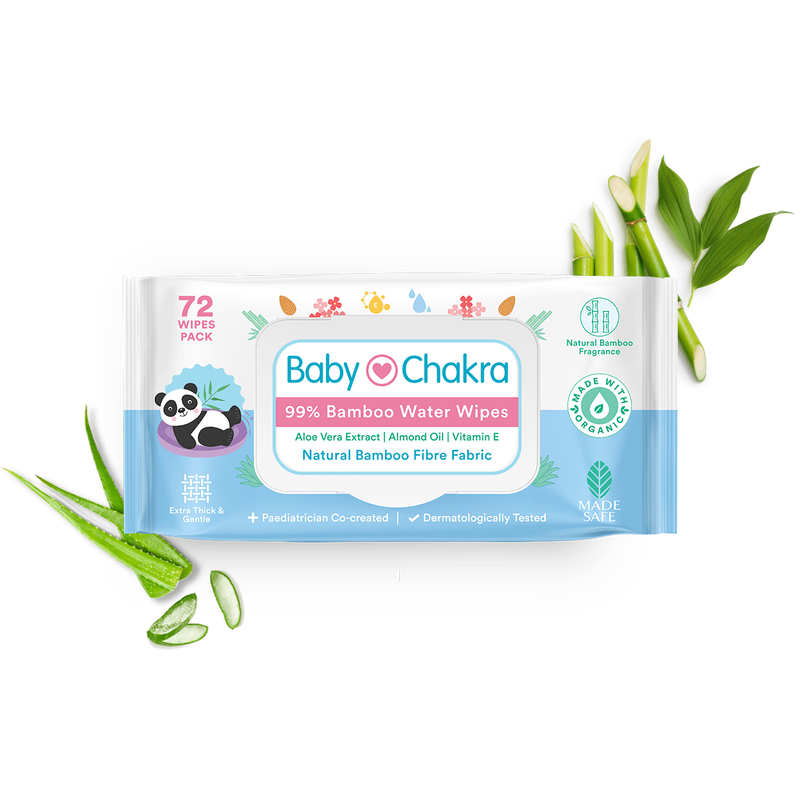
Everything You Need To Know About Introducing Finger Foods In Your Baby’s Diet
16 Nov 2022 | 6 min Read
Sudeshna Chakravarti
Author | 799 Articles
Food is fun, especially for infants, and it’s completely normal for them to want to play with it. You would have already noticed that when you and the other family members eat a certain way, your munchkin tries to imitate that and shows interest in eating by themselves. You can encourage your little one and start their journey of eating independently by introducing them to finger foods. In fact, finger foods are a great way to support your little one’s hand-eye coordination, and chewing skills, and also aid in developing their pincer grip. It also encourages their exposure to different tastes and textures and enhances their motor skills.
Read on as we give you more insight into what are finger foods when to introduce them to your infant’s diet, and also some of the best finger food choices that you can include in your munchkin’s diet.
What are Finger Foods?
Finger foods are easy-to-eat food items or tidbits that your baby can pick up and eat by themselves. These foods can help encourage your little one to become more involved in the feeding process, and can also serve as a quick energy booster for them.
When Can You Give Finger Foods to Your Baby?
You can determine when your little one is ready for finger foods by observing their development. At around 8-9 months, your baby will start showing interest in eating by themselves. They will also grab the items on their plate, and play with them, often throwing them around. But don’t fret, this messy phase won’t last long, as once your little one learns to pick their food using their thumbs and forefingers, they are likely to eat independently. Nevertheless, you should consult your infant’s paediatrician once before adding finger foods to their diet.
6 Best Finger Foods for Your Baby
Before giving your child any kind of finger food, make sure the consistency of the item is gummy so that swallowing is easy, and only little chewing is required. If your child has already started a solid diet that has fruits and veggies in the puree form, then start with manageable chunks of foods that they like to eat pureed, and then introduce them to other foods.
First, start with soft-textured foods like steamed carrots, overripe bananas, and ripe avocados, and then eventually build up their texture. We have listed some common finger food options for your baby. Take a look!
Crackers or Bread
Even if your baby can’t pick things up with their fingers, they can hold a piece of lightly toasted bread or biscuit, and suck on them until they dissolve into a gooey mess. The trick is to find bread and crackers that turn mushy and not lumpy in their mouth, and are easy to swallow.
Well-cooked Beans
Beans have the perfect size and texture, and your little one can grasp them easily. They are also soft on your baby’s tender gums and help enrich their protein requirements. Just make sure to pressure cook the beans so that they are all nice and tender, and season them with a little bit of salt to enhance their flavour.
Cheese
Cheese is packed with protein, calcium, and other bone-building minerals, and is a perfect finger food for your little one. You can start off by giving your munchkin a mild-tasting cheese like mozzarella and cut them into thin slices or shred them before serving. When they get a little bit used to the texture, you can also offer your child tiny tidbits of grilled cheese to expose them to a different texture.
Fruits
Turn your baby into a fruit lover by giving them squished berries or small pieces of tender fruits like bananas or overripe pears. You can also give your little one seasonal fruits like ripe peaches, mangoes, kiwis, and apricots to appeal to their sweet tooth.
But remember, not all fruits are baby-friendly. Avoid hard-textured fruits like apples for now as they can pose a choking hazard and get stuck in your infant’s windpipe.
Vegetables
Vegetables have essential nutrients that aid in your little one’s overall development and health. You can safely include almost all veggies in your munchkin’s diet, but make sure they are fully cooked and tender to make it easier for them to swallow. Try turning cauliflower florets and broccoli into tiny trees to grasp your little one’s amusement and make feeding fun. You can also give small pieces of sweet potatoes, peas, and carrots, as they are loaded with beta-carotene and other nutrients. Avocados are another treat that is packed with good fats that build your baby’s brain and enhance growth.
Egg Yolks
Eggs are packed with healthy proteins and several other nutrients that have a positive effect on your infant’s growth. Hence, once your child’s paediatrician gives a green signal to include eggs in your little one’s diet, you can consider serving them only the yolk, cut into little slivers. You can also cook scrambled eggs, as they make for a good finger food too.
Things to Keep In Mind While Feeding Your Baby
Ensure that your baby is seated in a high chair, and be always present in the room while they are eating. Here are a few more tips that you should keep in mind while feeding finger foods to your little one:
- Initially, your baby might create a lot of mess and scatter food everywhere. Keep baby wipes handy to clean any mess created and also wipe their face clean after eating.
- Ensure to remove the skin and seeds of all the fruits you offer to them.
- Avoid hard-textured foods that may cause choking like popcorn, nuts, and raisins
- Prepare foods with a little seasoning.
Finger foods enhance your little one’s taste buds and are also an excellent way to encourage self-feeding in them. Just ensure that you are following precautionary methods, such as boiling the food until they are well-cooked and tender, and avoiding foods that might cause a choking hazard.
Cover Image Credit: Freepik.com
A


Related Topics for you
Suggestions offered by doctors on BabyChakra are of advisory nature i.e., for educational and informational purposes only. Content posted on, created for, or compiled by BabyChakra is not intended or designed to replace your doctor's independent judgment about any symptom, condition, or the appropriateness or risks of a procedure or treatment for a given person.

